Water Mist Spray CFD Simulation Training for Evaporative Cooling – ANSYS Fluent DPM Validation
Water Mist Spray CFD Simulation Training for Evaporative Cooling – ANSYS Fluent DPM Validation
- Upon ordering this product, you will be provided with a geometry file, a mesh file, and an in-depth Training Video that offers a step-by-step training on the simulation process.
- For any more inquiries regarding the product, please do not hesitate to reach out to us at info@CFDLAND.com or through our online support assistant.
€320 Original price was: €320.€175Current price is: €175.
Special refrigeration systems called air-cooled chillers are very common for cooling buildings. A water mist spray CFD simulation can show us how to make these chillers work better. To do this, water mist spray systems can be used on the condenser coils. A Spray CFD analysis shows that these systems spray a very fine mist of water, which helps with heat transfer from the coils to the air. This process is called evaporative cooling. As the water mist evaporates, it takes heat away, cooling down the coils. A detailed Evaporative Spray Fluent simulation shows how this process lowers the temperature and reduces the energy needed by the chiller’s compressor.
The goal of this project is to perform a water mist spray Simulation to validate a scientific Reference paper. The paper is titled: “Enhancing COP of an air-cooled chiller with integrating a water mist system to its condenser: Investigating the effect of spray nozzle orientation [1]”. In our DPM Spray Fluent model, we placed a spray nozzle in a condenser to create a water mist and improve the system’s Coefficient of Performance (COP).
- Reference [1]: Heidarinejad, Ghassem, Mohammad Reza As’ adi Moghaddam, and Hadi Pasdarshahri. “Enhancing COP of an air-cooled chiller with integrating a water mist system to its condenser: Investigating the effect of spray nozzle orientation.” International Journal of Thermal Sciences137 (2019): 508-525.
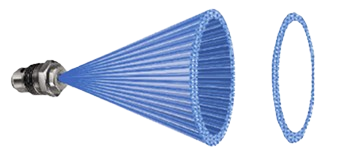
Figure 1- Example of a conical DPM Spray CFD simulation showing droplet distribution.
Simulation Process – Water Mist Spray DPM Evaporation Fluent
This water mist spray CFD study is based on a 20-ton Trane Company air-cooled chiller. First, we designed the geometry, which is a square channel with a 0.7m by 0.7m cross-section, using ANSYS Design Modeler software. For this Evaporative Spray CFD setup, the spray nozzle is placed 0.7m from the inlet, as shown in the figure. Because the geometry is simple, we created a high-quality structured grid using ANSYS Meshing. Our final mesh has 686,000 hexagonal cells. The spray process itself is transient (unsteady), but the main air flow is steady. To model the DPM Evaporation CFD process correctly, we used the 2-way Discrete Phase Model (DPM) along with the Species Transport module in ANSYS Fluent. This multiphase flow modeling technique is also called the Eulerian-Lagrangian approach, which is perfect for a DPM Spray CFD simulation. It is important to remember that this is a paper validation project, so all the main settings were taken from the reference paper.

Figure 2– Geometry setup for the water mist spray Fluent simulation in the air-cooled chiller condenser.
Post-processing – Water Mist Spray Fluent Analysis and COP Validation
The Spray Fluent analysis shows complex evaporative cooling patterns. The results for the mass fraction of water vapor show where the evaporation is happening, with the highest concentration right near the nozzle. The DPM Spray Fluent simulation shows how the conical spray creates a uniform cloud of mist. In this cloud, the water droplets change to vapor, which absorbs heat and effectively cools the air. This DPM Evaporation Fluent simulation also shows the highest evaporation rates near the inlet, where the temperature differences are the biggest.


Figure 3- Results of the Evaporative Spray CFD analysis showing a) water vapor mass fraction and b) evaporation rate.
More importantly, in order to check the simulation results with the reference paper, COP is reported. This step is essential for DPM Fluent validation. Based on the given equation, COP should be calculated regarding the outlet temperature:
![]()
We compared our results to the reference paper by calculating the Coefficient of Performance (COP). The results match very well. Our water mist spray Simulation predicted an outlet temperature of 37.92°C, which gives a COP of 3.05. The paper reported an experimental temperature of 38.87°C and a COP of 2.99. This means there is only a tiny 2% difference between our simulation and the real-world data. This excellent result validates our water mist spray CFD model, especially our use of the Species Transport model and 2-way DPM coupling. The slightly lower temperature in our simulation suggests that the heat transfer was calculated a little more efficiently, possibly because of ideal assumptions in the numerical model. These findings confirm that our computational method is very reliable for predicting the performance of evaporative cooling systems on air-cooled chillers.
| Air Temperature (°C) | COP | Error | |
| Paper Data | 38.87 | 2.99 | 2% |
| CFD Simulation | 37.92 | 3.05 |
We pride ourselves on presenting unique products at CFDLAND. We stand out for our scientific rigor and validity. Our products are not based on guesswork or theoretical assumptions like many others. Instead, most of our products are validated using experimental or numerical data from valued scientific journals. Even if direct validation isn’t possible, we build our models and assumptions on the latest research, typically using reference articles to approximate reality.
Yes, we’ll be here . If you have trouble loading files, having technical problems, or have any questions about how to use our products, our technical support team is here to help.
You can load geometry and mesh files, as well as case and data files, using any version of ANSYS Fluent.
€175 Original price was: €175.€115Current price is: €115.

€130 Original price was: €130.€85Current price is: €85.

€140 Original price was: €140.€65Current price is: €65.

€135 Original price was: €135.€65Current price is: €65.

€185 Original price was: €185.€125Current price is: €125.

€110 Original price was: €110.€65Current price is: €65.














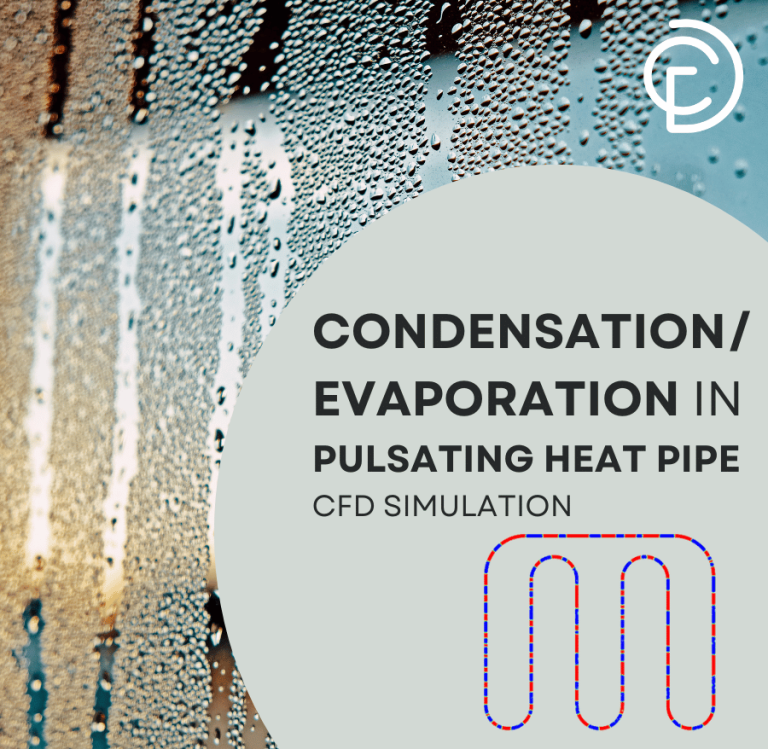
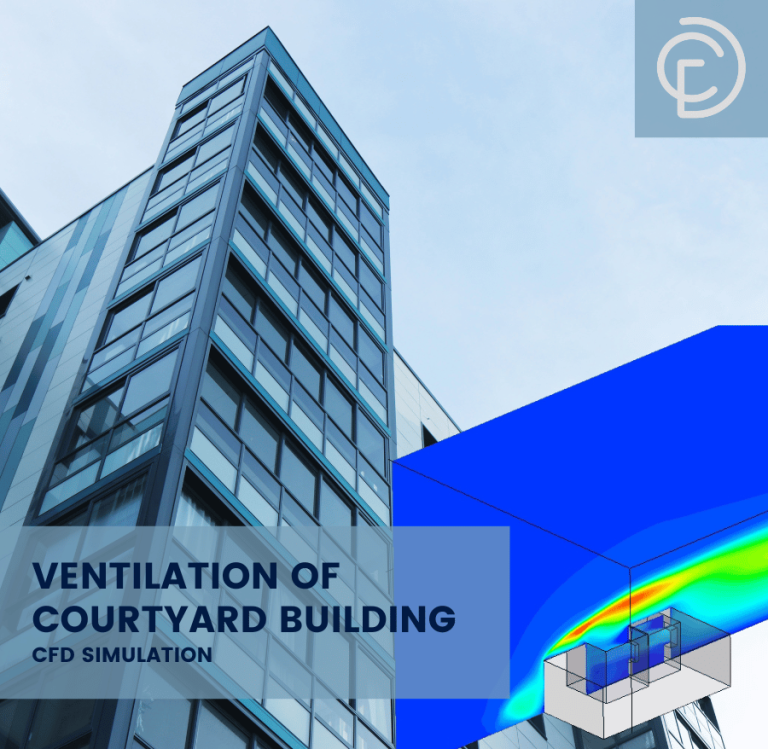
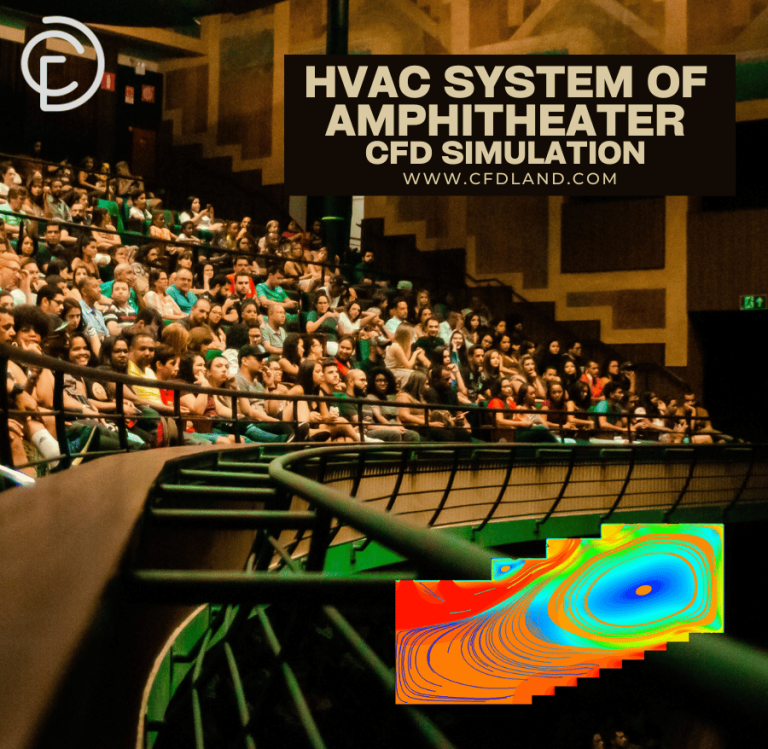
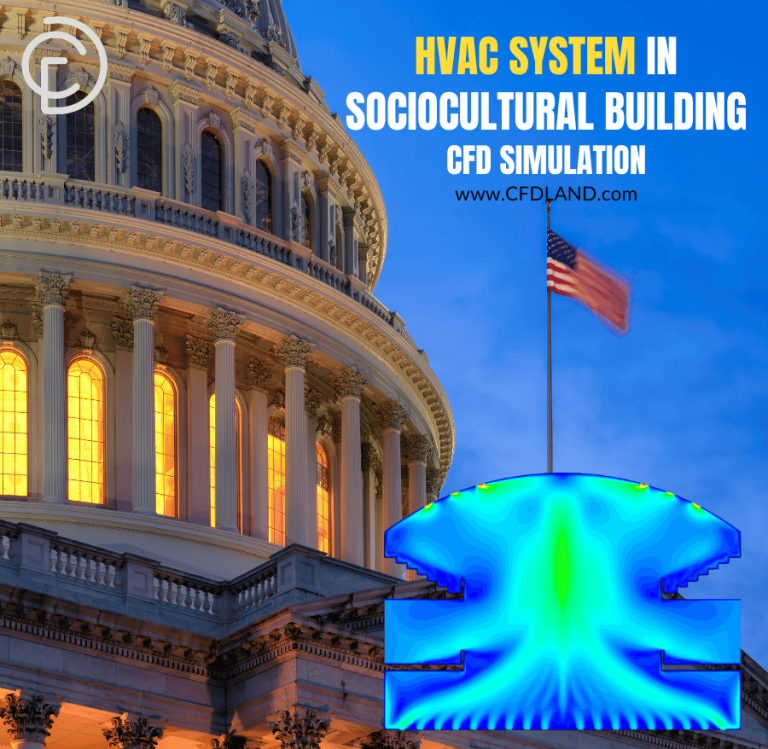
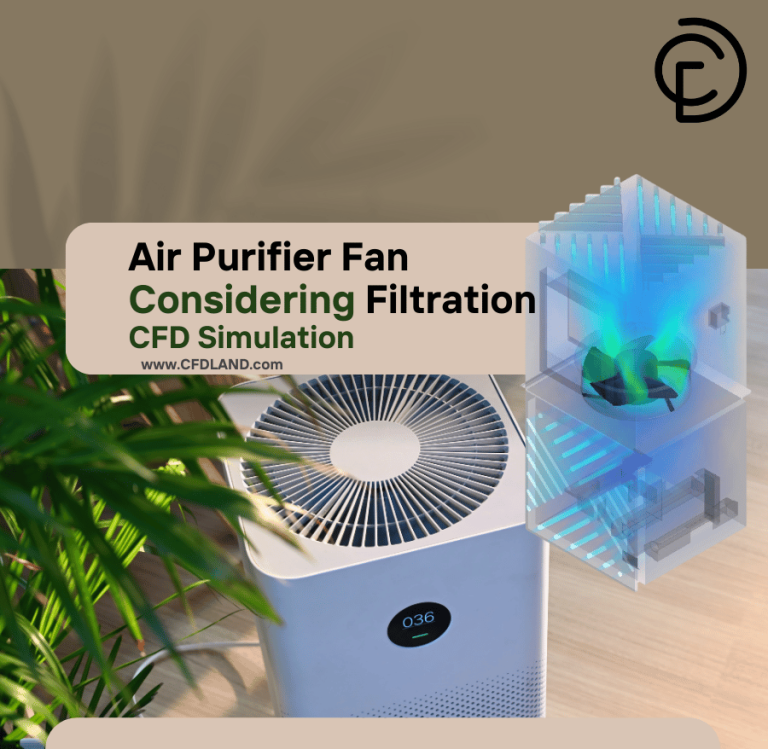
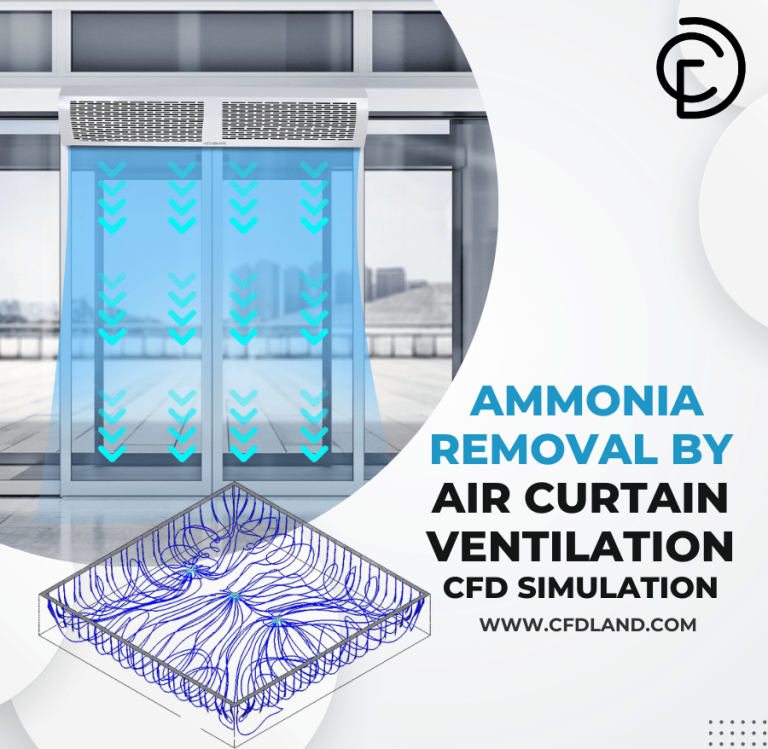
Reviews
There are no reviews yet.